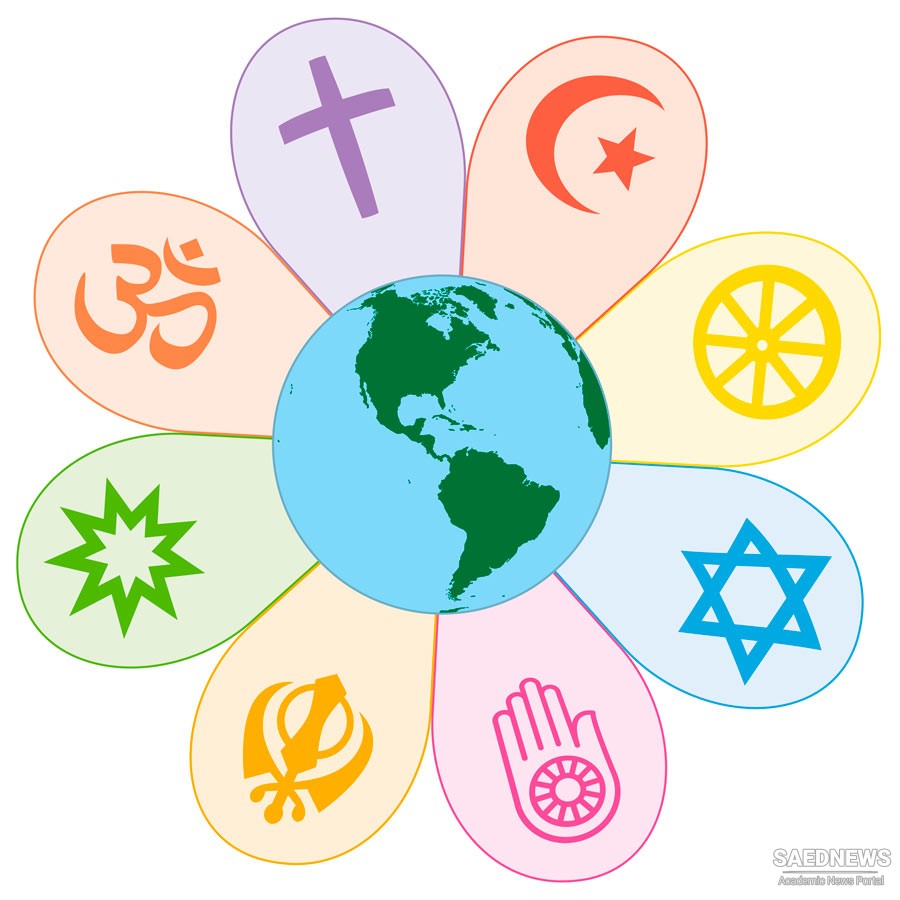Traditionally and historically, pilgrimage has been defined as a physical journey in search of truth, in search of what is sacred or holy. It is where people are drawn to sacred places “where divine power has suddenly burst forth” as a result of their spiritual magnetism. This search for truth, enlightenment, or an authentic experience with the divine or holy leads people to travel to sacrosanct sites that have been ritually separated from the profane space of everyday life. Religiously motivated travel, including pilgrimage, has grown tremendously during the past fifty years, surprising many who conjecture that religious pilgrimage is losing social and institutional significance. Modern religious pilgrimage “appears to be at odds with our widely held belief in the progressive development of the West into a complex modern civilization based on science, technology, and reason, rather than on magic, religion, and irrationality”. As well, postmodern culture, the privatization of religion, and the ability to take cyberpilgrimages, it could be argued, should lead people to participate in unmediated, reflexive forms of spiritual travel rather than pilgrimages where authenticity of experience is dependent in part on ecclesiastical institutions and structures. Kosti observes, however, that pilgrimage is increasing at a rapid rate rather than diminishing. This can be seen in Europe, where visitation to religious sites has been increasing while regular church attendance has been on the decline (Source: Tourism, Religion and Spiritual Journeys, Routledge).


 Religion and Tourism: How Belief Creates a Platform for Tourism
Religion and Tourism: How Belief Creates a Platform for Tourism














































